EMPLOYMENT IN THE MARKET ECONOMY IN ... - Eurostat - Europa
EMPLOYMENT IN THE MARKET ECONOMY IN ... - Eurostat - Europa
EMPLOYMENT IN THE MARKET ECONOMY IN ... - Eurostat - Europa
Create successful ePaper yourself
Turn your PDF publications into a flip-book with our unique Google optimized e-Paper software.
Chapter 4 — Employment and wages in industry by region<br />
The SBS contain data for regions within EU Member States as<br />
well as national aggregates. Regions are defined at both a<br />
NUTS 1 and NUTS 2 level and the analysis here focuses on<br />
the latter in both the EU15 countries and the new Member<br />
States as well as in Bulgaria and Romania (see Box, p. 61). Although<br />
the regional data included in the SBS are for a more<br />
restricted set of variables, they can, nevertheless, be used to<br />
give an indication of regional variations in certain aspects of<br />
the structure of the market economy. Data, however, are<br />
mainly confined to industry and are available only for a limited<br />
number of service activities.<br />
The aim here is twofold. First, it is, to examine the relative<br />
numbers employed in particular sectors of activity, specifically<br />
for selected manufacturing industries, and, secondly,<br />
to assess the variation in average wages in these<br />
sectors across regions in different countries. This focus<br />
rather than a comparison of regional wage levels across<br />
the EU as a whole has been chosen in order to limit the extent<br />
of the variation being examined. As indicated by the<br />
data on labour costs in the previous chapter, therefore,<br />
average wages are many times higher in some of the<br />
EU15 countries than in most of the new Member States.<br />
Regional variations, therefore, tend to be dominated by<br />
national variations.<br />
The manufacturing industries chosen for study are textiles<br />
and clothing (NACE, sub-section DB), basic metals<br />
— ie iron and steel — (NACE, division 27), machinery and<br />
equipment (NACE, division 29), electrical machinery and<br />
equipment (NACE. division 31) and transport equipment<br />
(NACE, sub-section DM). These together cover many of<br />
the main types of industry (capital intensive as well as labour-intensive,<br />
technologically advanced as well as relatively<br />
basic). The number employed in each of these in<br />
each region is, first, related to working-age population to<br />
give an indication of the relative importance of the industry<br />
concerned for jobs in different parts of the enlarged<br />
EU. Population of working age, therefore, is effectively<br />
used as a scalar to enable meaningful comparisons to be<br />
made of employment in different regions in the selected<br />
industries. In consequence, the resulting measure is not<br />
affected by the size of the region per se or by the scale of<br />
business activities in the regional economy (as comparisons<br />
of the share of the selected industries in market sector<br />
employment would be).<br />
Regional employment<br />
in the selected industries<br />
Textiles and clothing<br />
The number employed in textiles and clothing (NACE<br />
sub-section DB) is relatively high in most parts of the new<br />
Member States, as well as in Bulgaria and Romania. The<br />
main exceptions are in the capital city regions (Praha,<br />
Bratislavsky, Közép-Magyarország, where Budapest is<br />
situated, and Mazowieckie, where Warsaw is located).<br />
The industry is also a relatively large source of employment<br />
in Portugal (in Norte, it employs 7% of working-age<br />
population), northern and central parts of Italy, Cataluña<br />
in Spain, Flanders in Belgium and in the East Midlands,<br />
North West and West Yorkshire in the UK.<br />
Basic metals<br />
Employment in basic metals (NACE division 27) is generally<br />
lower than in textiles and clothing (only around 40% of employment<br />
in the enlarged EU) and is concentrated in different<br />
regions. It accounts for a relatively large number of jobs in<br />
Moravskoslezko in the east of the Czech Republic (5% of<br />
working-age population), Východné Slovensko and Stredné<br />
Slovensko in Slovakia (in the east and centre, respectively),<br />
Közép-Dunántúl in the west of Hungary and Slaskie in the<br />
south of Poland as well as in Yugozapaden (where Sofia is situated)<br />
and Vest in Romania. In the EU15 countries, it is relatively<br />
important in Düsseldorf, Arnsberg and Saarland in<br />
57



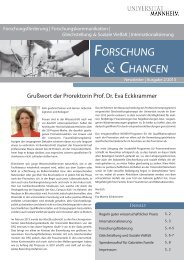
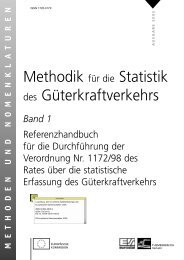
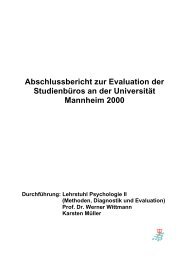
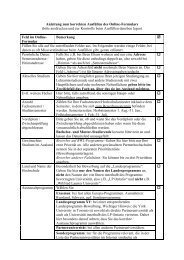
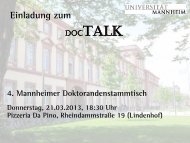
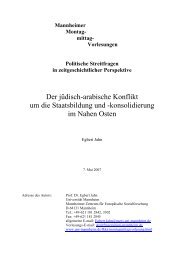
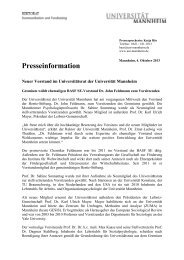


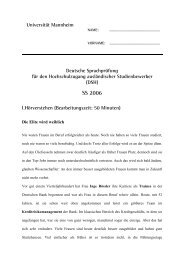
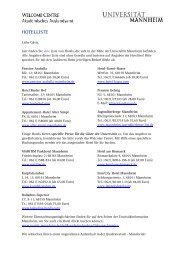
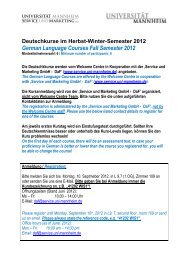
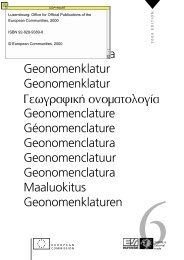
![226. [Augsburg], 27. Oktober 1562 An Joachim Camerarius d. Ã ...](https://img.yumpu.com/27559109/1/184x260/226-augsburg-27-oktober-1562-an-joachim-camerarius-d-a-.jpg?quality=85)